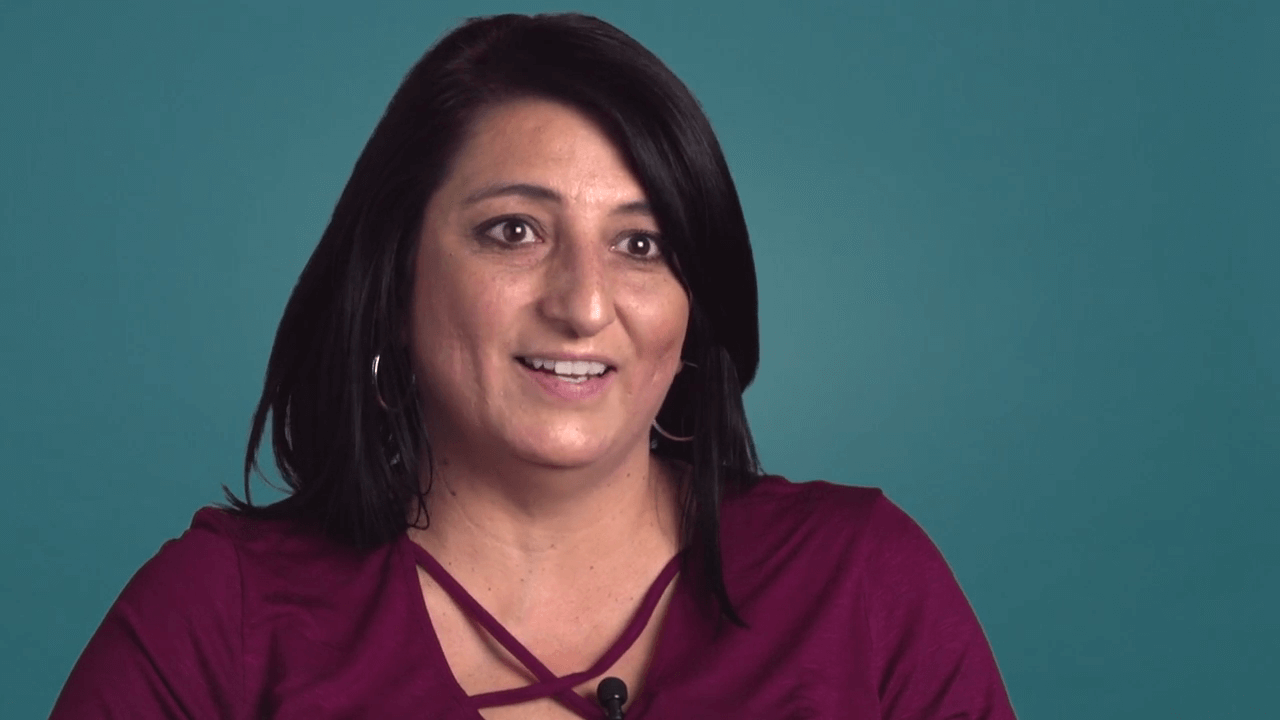
Barrow Patient Recounts Pituitary Tumor Diagnosis
We will be streaming Sonja Aros’ pituitary surgery live on Friday, Sept. 22, 2017 at 8:30 AM Pacific Time. See exactly what Dr. Andrew Little is seeing in real time as he fields questions from our web audience via our chatroom. Both medical professionals and the general public are encouraged to participate. Click here to watch.
When 44-year-old Sonja Aros continued to have headaches two weeks after her other sinus infection symptoms had subsided, she decided to visit an urgent care.
“I had a pressure headache on the right side,” she said. “It was pretty functional, but there were times when I just couldn’t take it.”
The urgent care physician recommended Aros see her primary care doctor, who began treating her for migraine headaches with nerve block injections.
“That worked for three weeks, and then the headaches came back with a vengeance,” she said.
Brain imaging scans revealed the cause of Aros’ headaches: a pituitary tumor.
Most pituitary tumors are pituitary adenomas which are not cancerous and do not spread to other parts of the body. However, because the pituitary gland regulates bodily functions through the hormones it produces, tumors within or around this pea-sized organ can affect hormone production and cause a variety of symptoms. Large pituitary tumors can also put pressure on nearby nerves and other structures.
“When I was diagnosed, my doctor told me in the doctor’s office, and I didn’t know what to think,” said Aros, who had never heard of a pituitary tumor before. “I just kind of sat there in shock.”
Aros’ primary care physician referred her to Barrow. After researching the Pituitary Center and Neurosurgeon Dr. Andrew Little online, Aros felt confident she was being sent to the right place.
“When I went to Barrow and talked to Dr. Little, he made me feel at ease,” she said. “He then explained the procedure to me which made me feel much better. It was going to be a less-invasive approach than I thought.”
Instead of opening Aros’ skull—a procedure called a craniotomy—to access and remove the tumor, Dr. Little will use a transsphenoidal approach. In this type of procedure, the surgeon removes the tumor through the nose by making a small incision and using tiny specialized instruments.
Aros, a teaching assistant, was also relieved to learn that her recovery time should be just four to six weeks.
“Dr. Little has put my mind at ease,” Aros said. “I believe everything will turn out for the best.”
